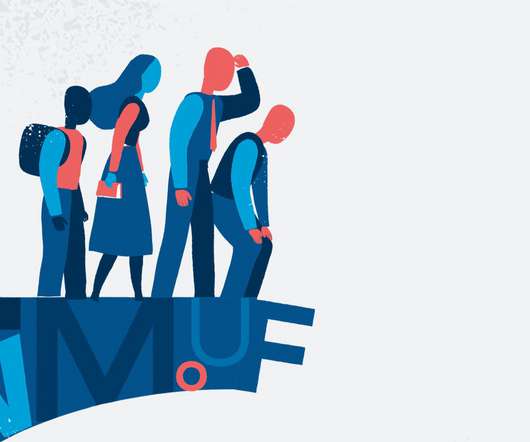A Tale of Two American Education Systems: An Edtech Investor’s Perspective
Edsurge
JUNE 18, 2020
She shares one computer with her family of five, lacks home internet access and uses a smartphone to connect online. It’s a longstanding national crisis, often referred to as the “digital divide,” which at Kapor Capital we identify as one of the cumulative barriers across The Leaky Tech Pipeline.


















Let's personalize your content